Sustainability shapes our time and our design
For the first time, green fabrics, biodegradable textiles, sustainable contract fabrics without polyester and without plastic and permanent flame retardancy according to DIN 4102 B1 are no longer a contradiction in terms.
Only where there is no plastic, no microplastic comes out
Curtains, carpets, sweaters or towels made from synthetic, polyester and microfiber secrete microplastics that are absorbed through the air, water and food. Only one percent of the plastic that is washed into the sea is actually on the surface of the water: the remaining 99% is invisible.
Once they get into the environment, they combine with other pollutants and end up in the food chain with foreseeable consequences.
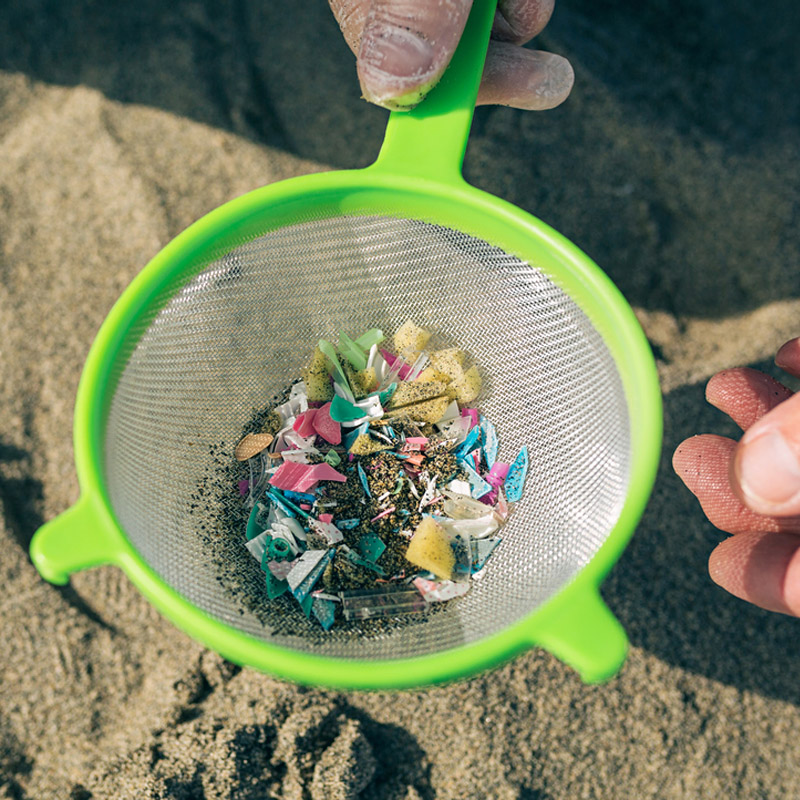

Schools, hospitals, authorities, public facilities, homes, kindergardens
Objects as special buildings in contract mark
In the building- and draft terminology public facilities like schools, hospitals, residential- and nursing homes are called objects or special buildings. Regarding protection against fire there are special requirements for those buildings. According to regulations fire protection class B1 (= flame retardant products as per DIN 4102 B1) is normally ordered for the product group in question (curtains, panel curtains, textile hangings).
DIN 4102 B1: flame retardant:
that´s standard for fireproof curtains and contract textiles: flame retardancy with curtains and textiles.
Curtains- or upholstery fabrics fulfilling this standard can be “permanently” or “not permanently” flame retardant. Products of the latter category have to be impregnated again after a certain period of time respectively after a specific number of washings. Permanently flame retardant fabrics fulfill the standard of flame retardancy for their whole life. In the last decades permanently flame retardant fabrics have exclusively been out of polyester (polyester fr). FR is the abbreviation for flame retardant.
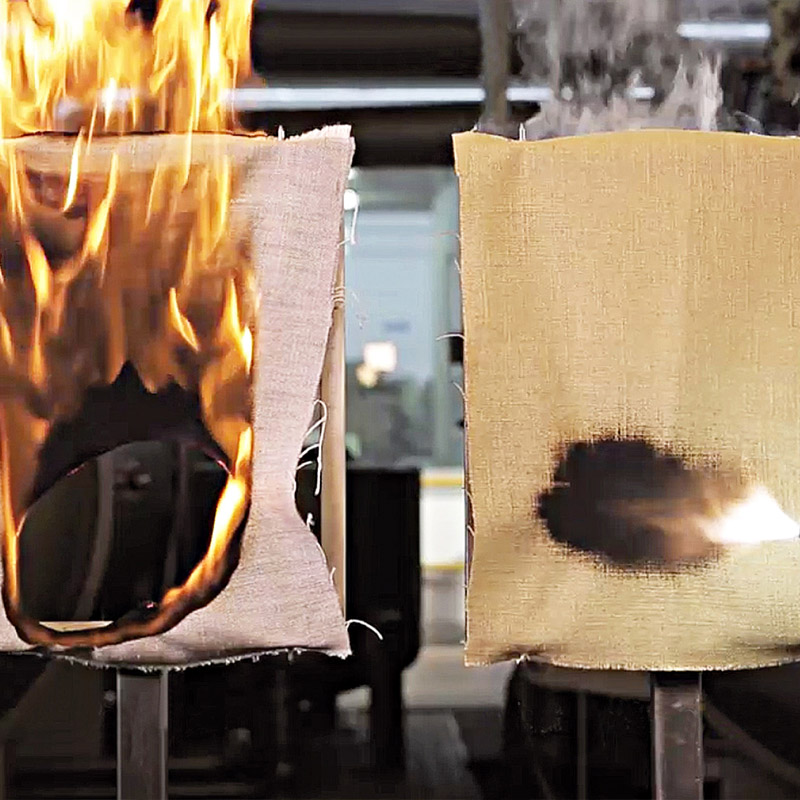
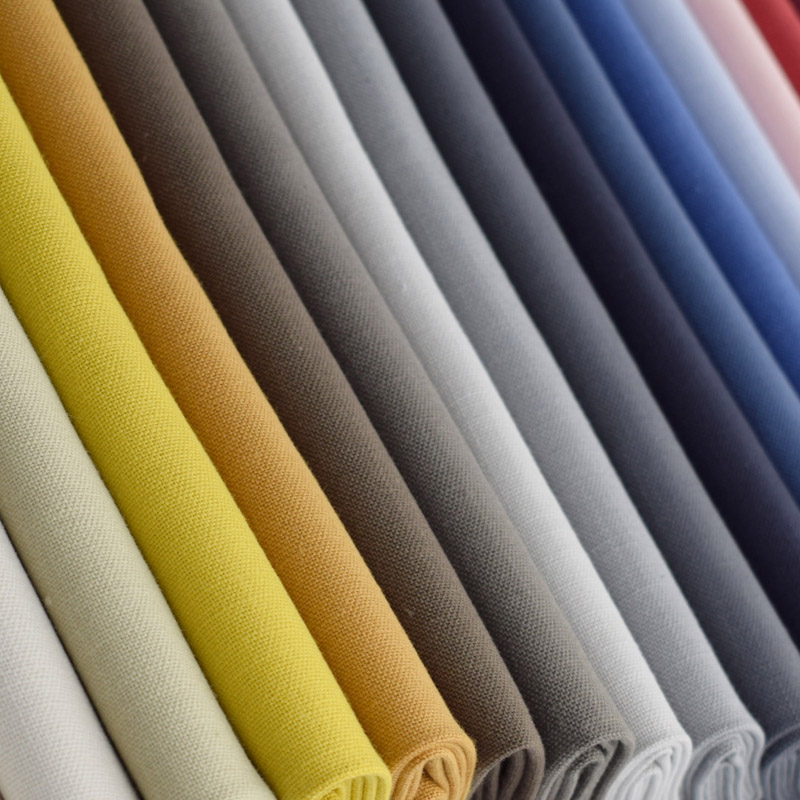
Ecological-sustainable fabrics without polyester without plastic and without microplastic and permanent flame retardancy as per DIN 4102 B1:
no longer a contradiction with: feischee-cotton fr:
woven material ecology and high ecological standard.
For the very first time fabrics of the feischee-cotton fr collection offer permanent flame retardancy based on sustainable and renewable materials (e.g. cotton).
Thus they fulfill higher ecological requirements and stricter sustainability standards in comparison to polyester fabrics we know (mainly consisting of fossile oil).
The feischee-cotton fr fabrics perform better with criteria like healthy indoor climate, compostability, breathability and hygiene (washability > 60° C) compared to synthetics. With the feischee-cotton fr collection haptics and lifestyle fit perfectly.
No additive non-permanent finishing or subsequent impregnation of the fabric:
Material optimization by molecular modification
By a patented process – a so-called molecular modification – cotton fabrics become permanently flame retardant. This process is not an additive or a coating that will slacken or disappear but it is a material optimization.
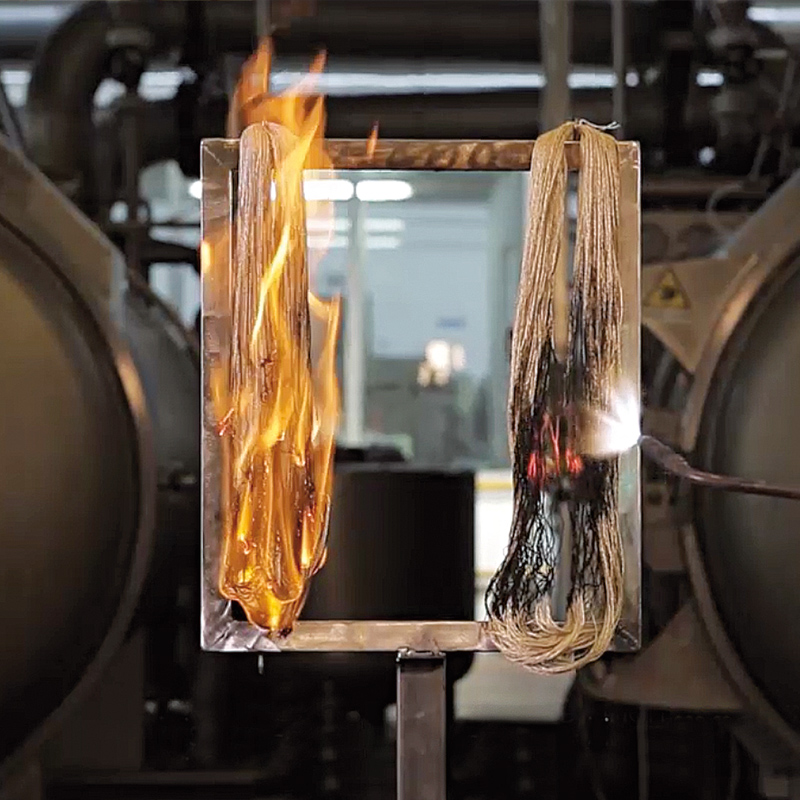
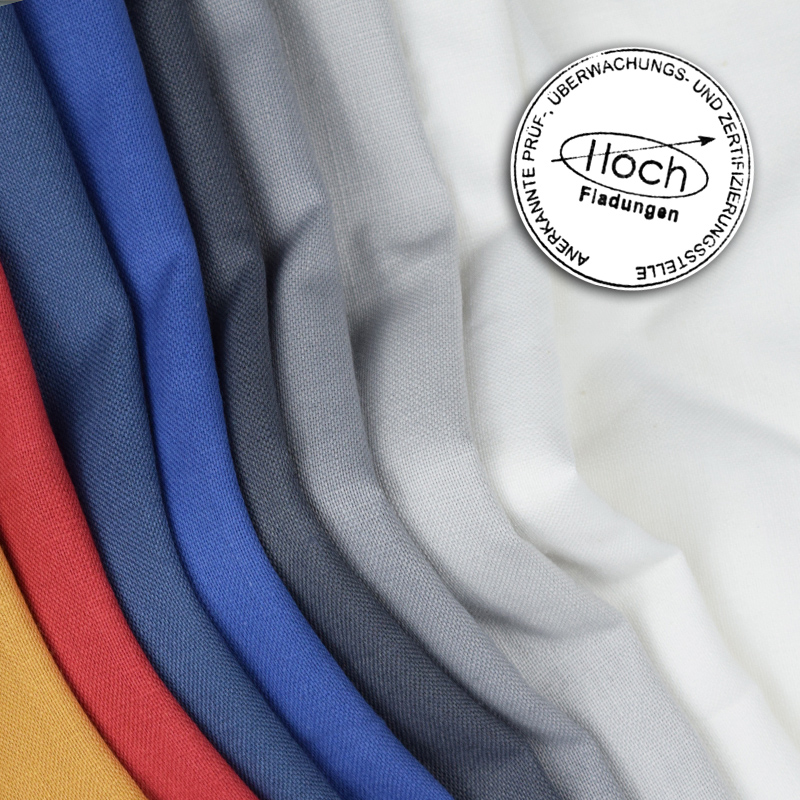
Certificate of the testing institute
Obtaining of the general building inspection certificate P-BAY26-180027
On the basis of the general building inspection certificate the feischee-cotton fr material has obtained the approval as per the German state building code and has fulfilled the requirements of building material class DIN 4102 – B1.
As per the State building code of all “Laender” this cotton fabric obtains a certificate of the building material class flame retardant (DIN 4102 – B1) in all “Laender” of the Federal Republic of Germany.
ecological
natural materiall
(GOTS-cerificate bio-cotton)
sustainable
biologically degradable
statically not chargeable
without oil / polyester
hygienic
washing that can be boiled
(according to washing instructions)
hypoallergenic
flame retardant
DIN 4102 B1: flame retardant:
the standard for fireproof curtains and contract textiles: flame retardancy with curtains and textiles
Textiles from nature
Perfect fabric solutions for every requirement: feischee-cotton fr
Cootn and fireproff – no contradiction
no plastic – even better
Avoiding instead of reducing!
Because only material that has not been produced at all does not have to be recycled later on.
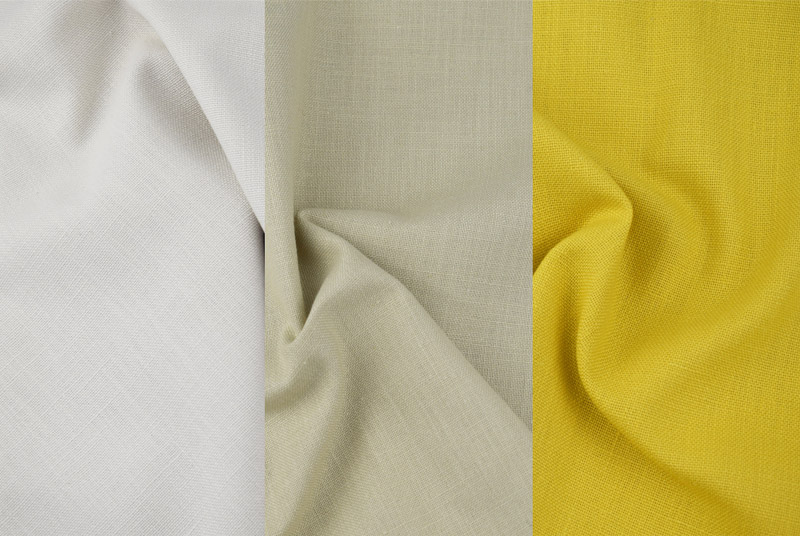
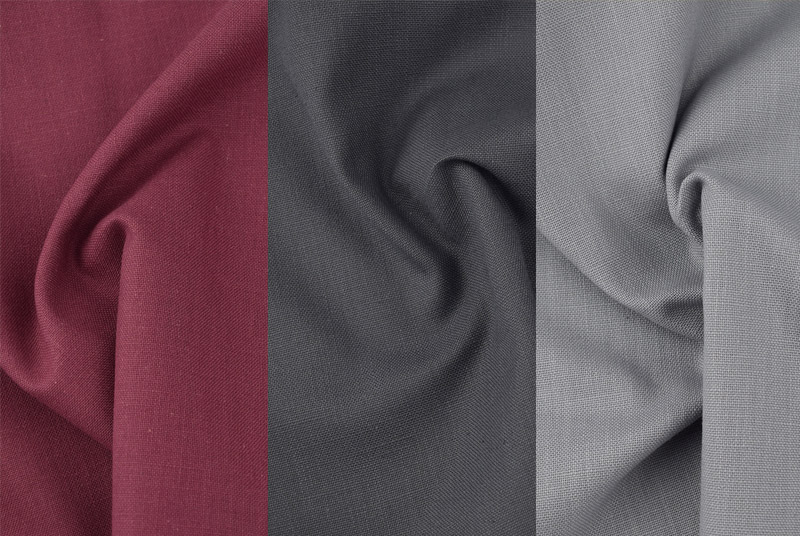

“Future belongs to recyclable materials! These sustainable contract fabrics bring along many ecological advantages and besides they are flame retardant which is a K.O. criterion in the object. This shows impressively which is possible without processing any plastic or other pollutants. That is the only reason why we put the collection onto our platform.”
ANDREA HEROLD • INTERIORPARK

“It is important for us to use ecologically sustainable materials also and especially in school architecture. We are building the future: Sublime old building structure, renovated as to modern aspects with fabrics that do good to the future: that is what we owe to generations to come.”
NORMAN NEU • NBHG ARCHITECTS

“In the future, people will pay more attention to sustainable materials“
PIA A. DÖLL • PRESIDENT OF THE FEDERATION OF GERMAN INTERIOR ARCHITECTS
Would you like to take the next step with us?!
We look forward to hearing from you and are excited to see which ecologically safe project is pending together.